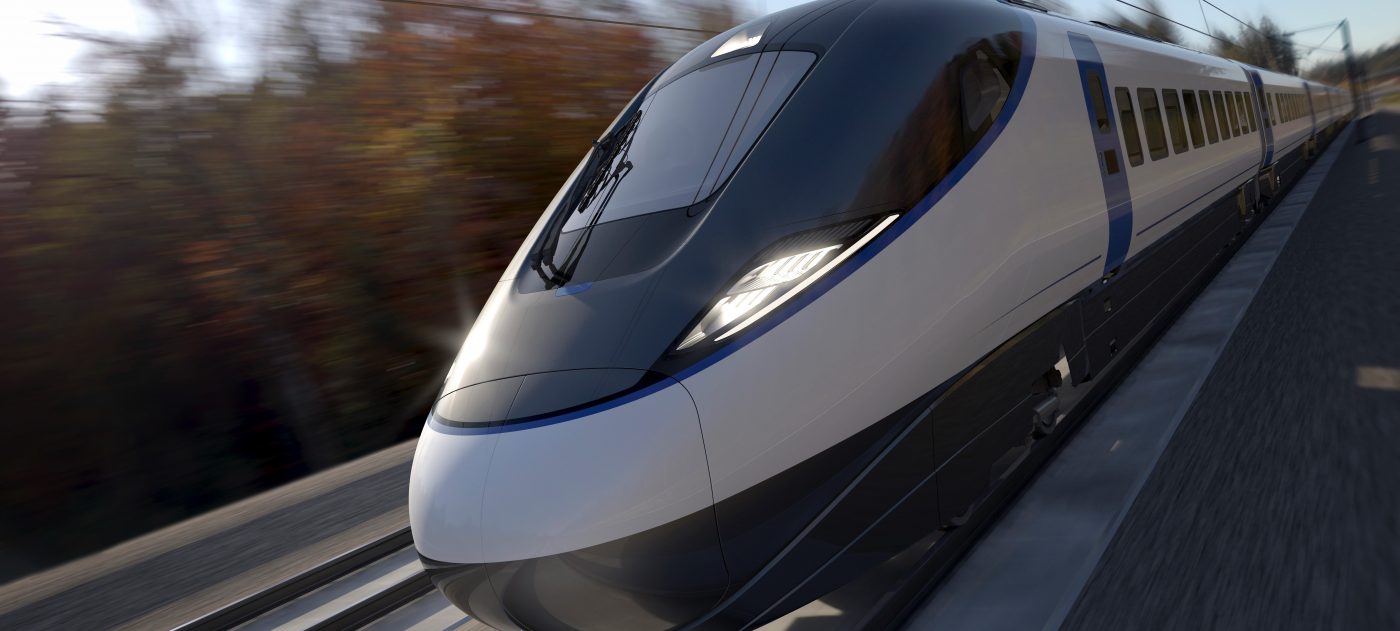
Productivity
At HS2, we’re taking advantage of the continued growth in the use of Artificial Intelligence (AI) to deliver our projects more quickly and at lower cost. For example, we’ve been running trials using AI to augment our design and project work, providing scale and speed never seen before in civil engineering. It allows our design teams to consider a wider range of delivery approaches in less time.
Seamless mobile coverage
Passengers using Britain’s new high speed rail network will enjoy seamless mobile coverage delivering uninterrupted streaming and calls as trains speed through its tunnels, cuttings and open sections.
In a step-change from the line-side railway signalling operated on the conventional network, HS2’s will be radio based. A sequence of masts sited at 2-3km along the route and radio feeder cables running the length of its tunnels. This infrastructure has been developed to also deliver mobile connectivity for passengers.
Improved station design
In a radical break from the past, a six month proof-of-concept project will use LiDAR technology to digitise passenger flow data and inform the design of future HS2 stations, delivering an improved, low-stress customer experience.
Reliable railways
Virtual Reality and real time monitoring by sensors built into HS2’s infrastructure including rails, bridges and overhead power lines will help make Britain’s new high speed rail network one of the world’s most reliable railways.
During HS2’s construction thousands of remote condition monitoring sensors, similar to those used in Formula One and aviation, will be built into the physical line’s infrastructure as if it were the railway’s version of the body’s nervous system. These sensors will monitor performance of the railway’s assets and components to predict and prevent failure, helping to underpin the line’s reliability and ultimately the punctuality of its passenger services.